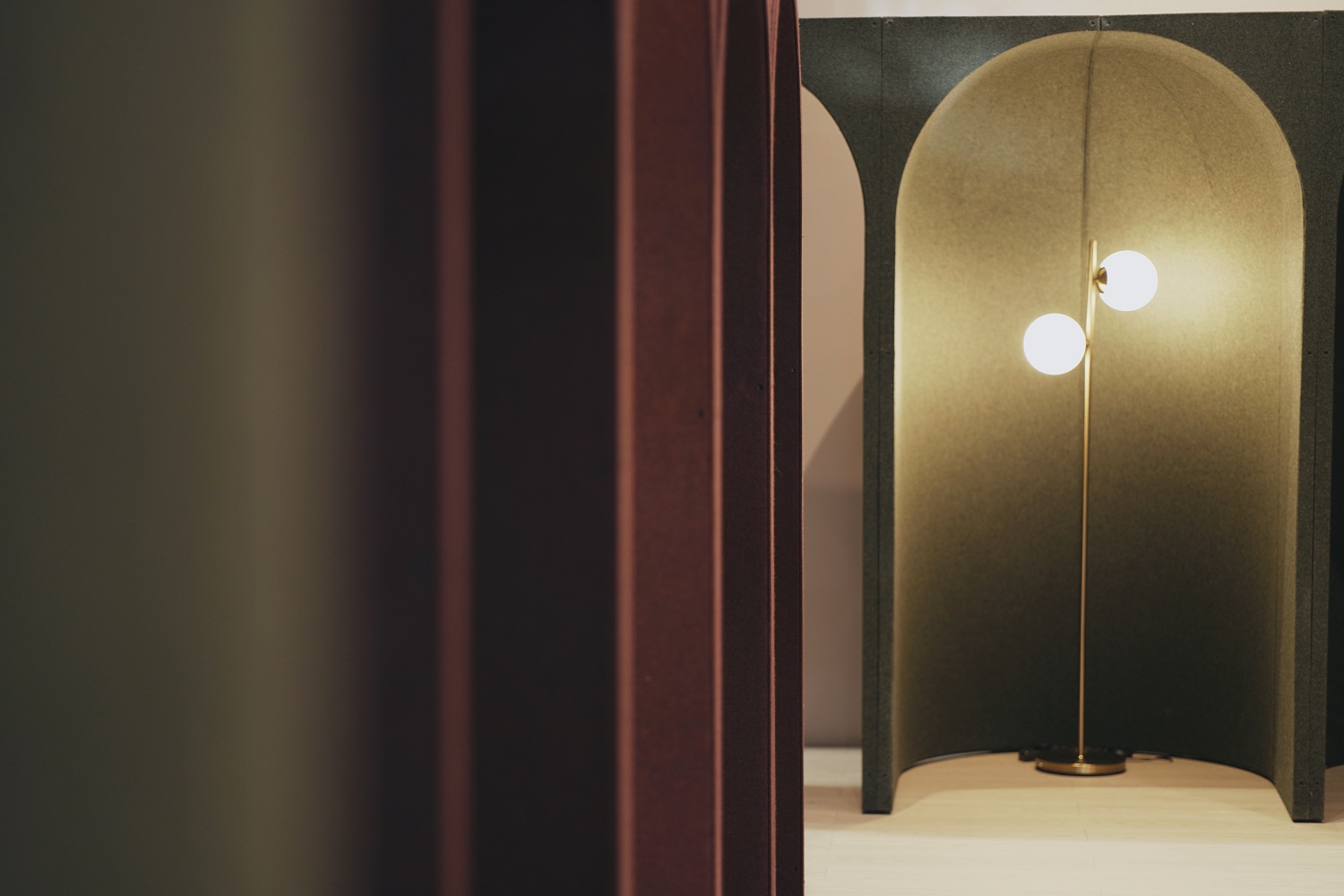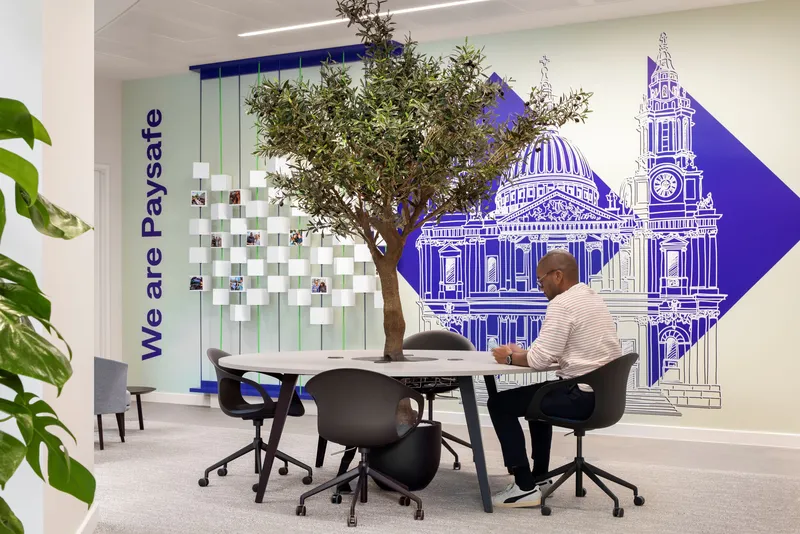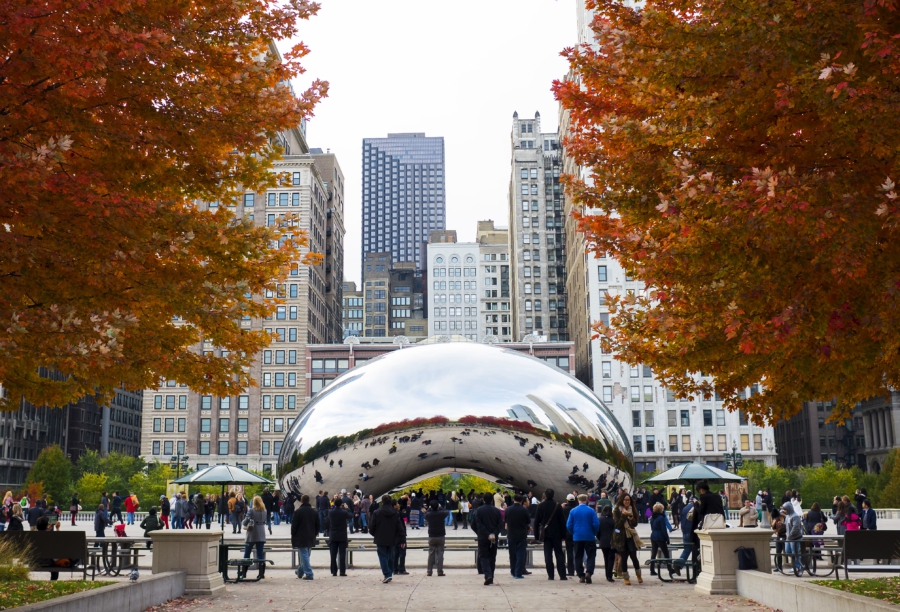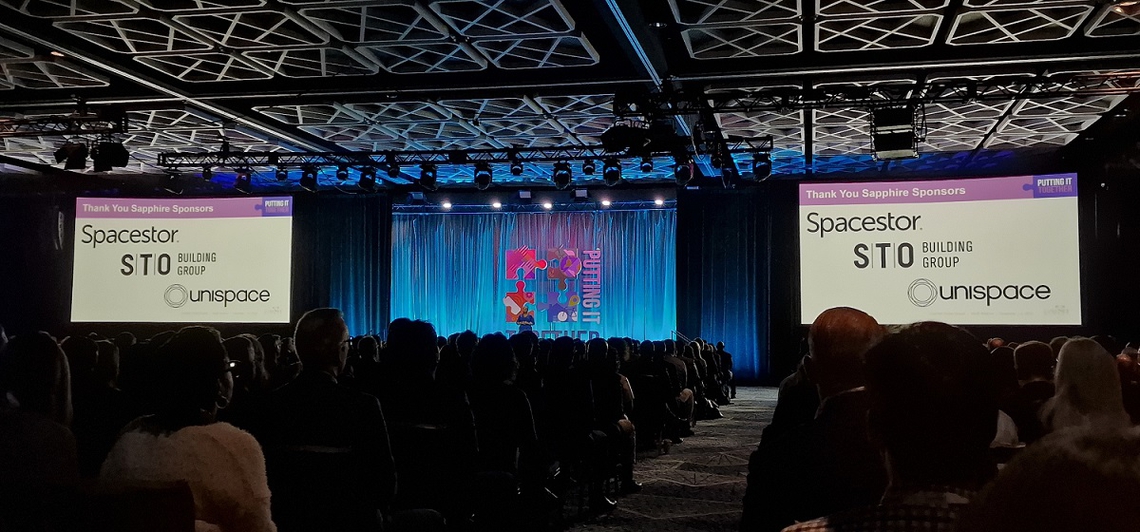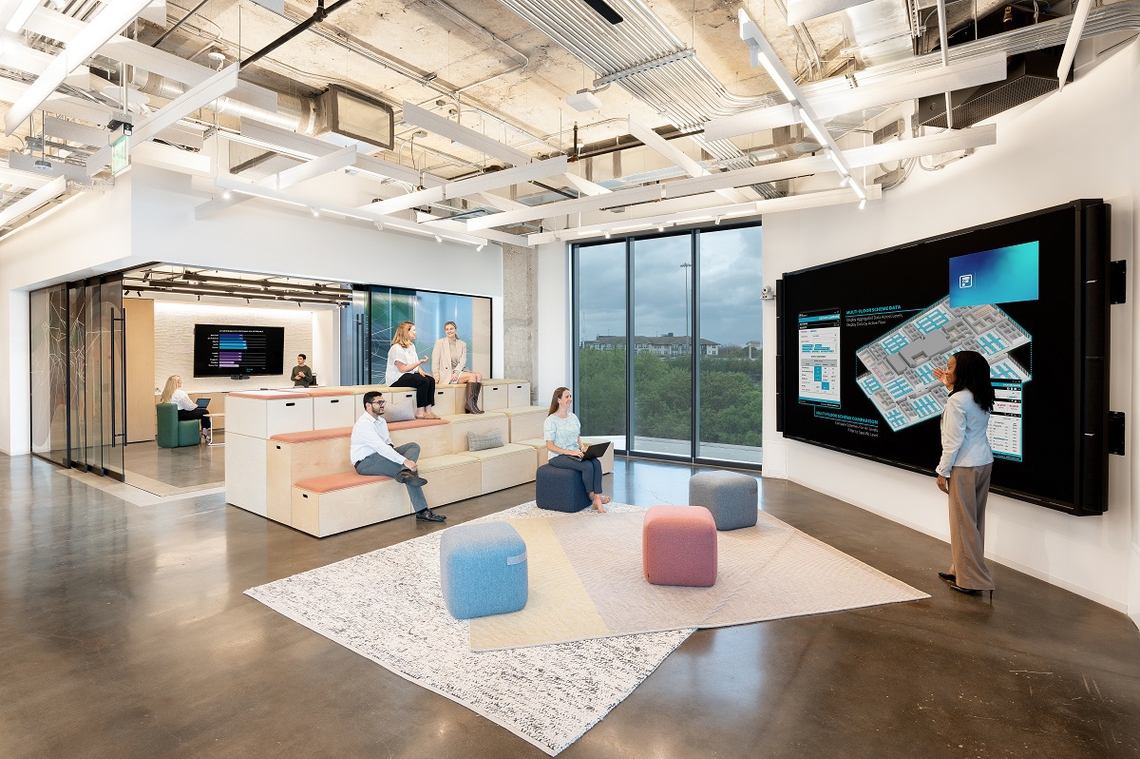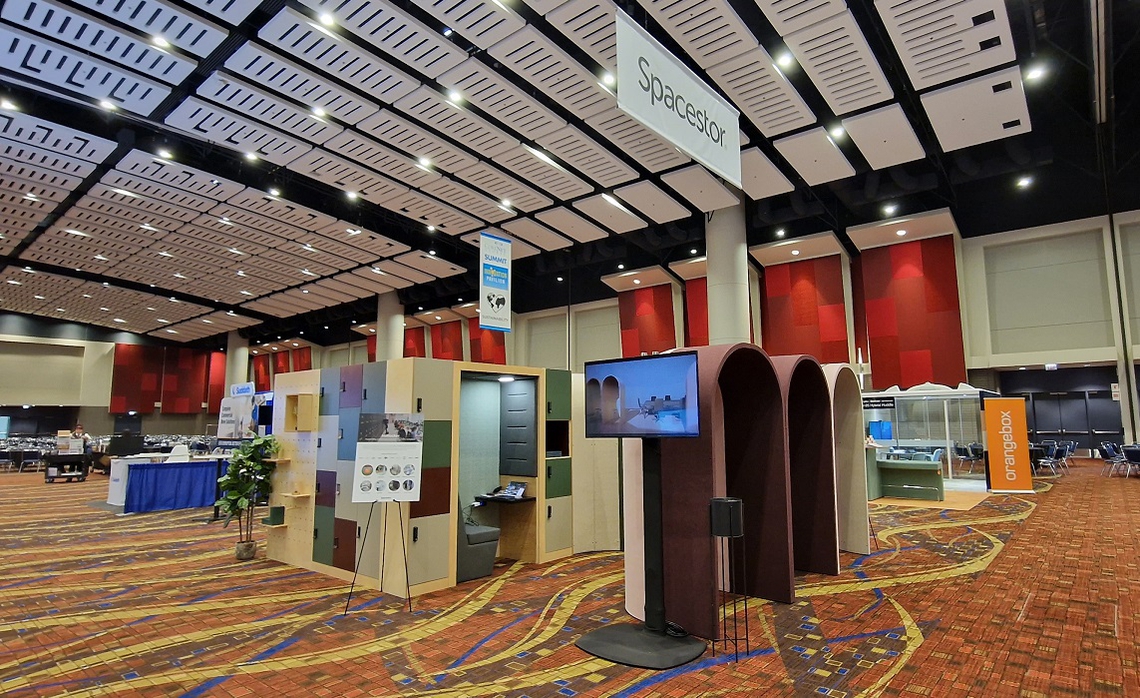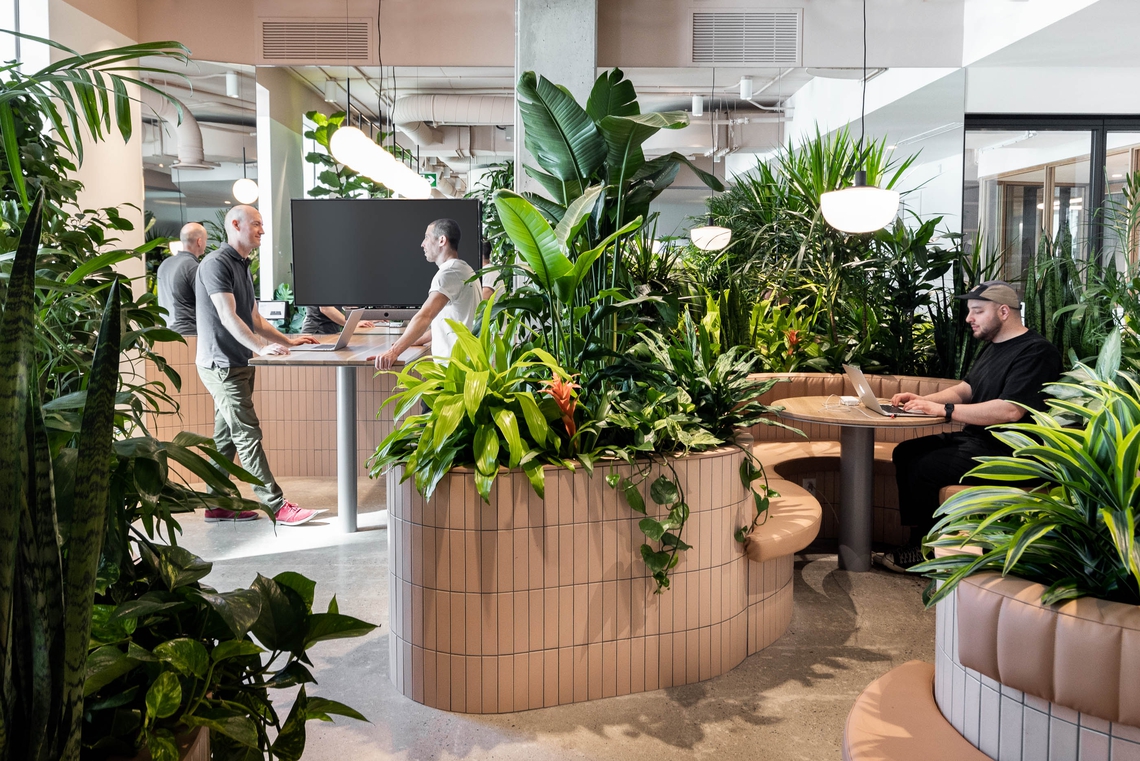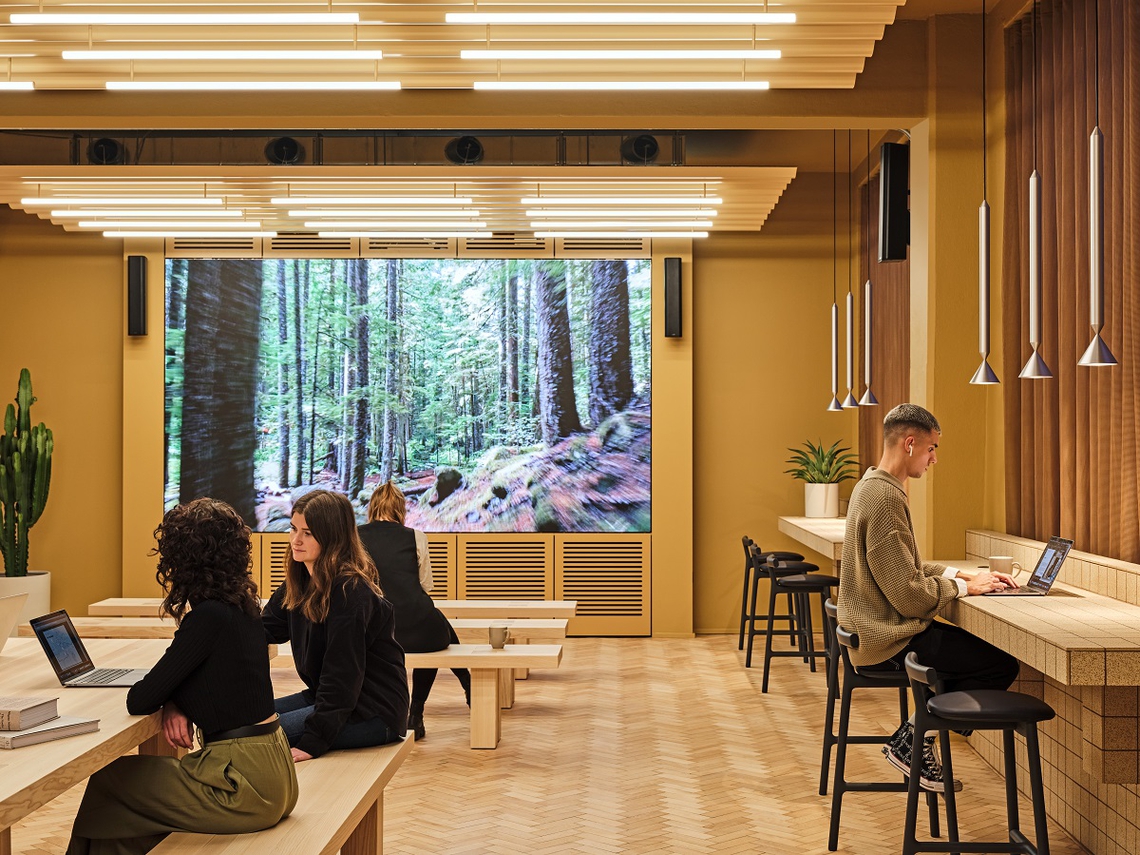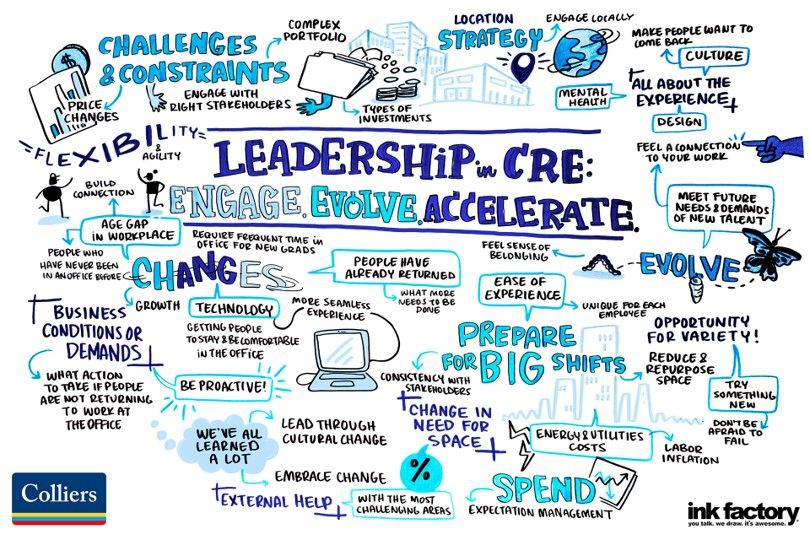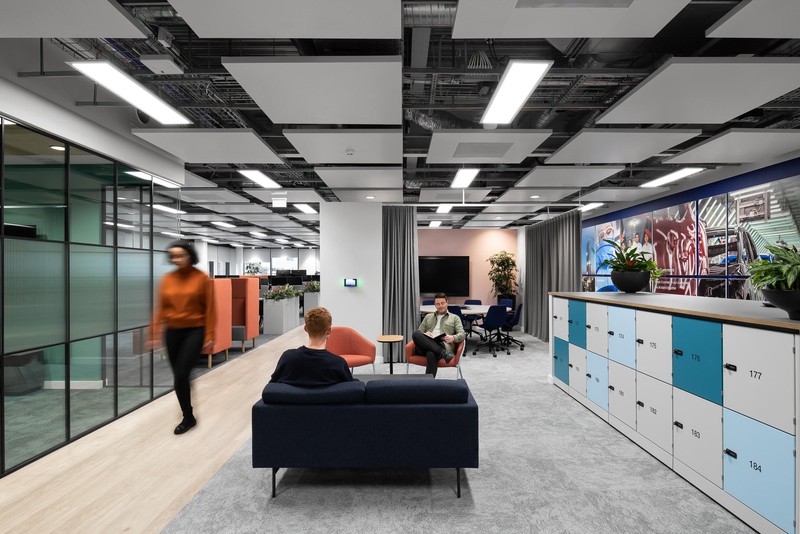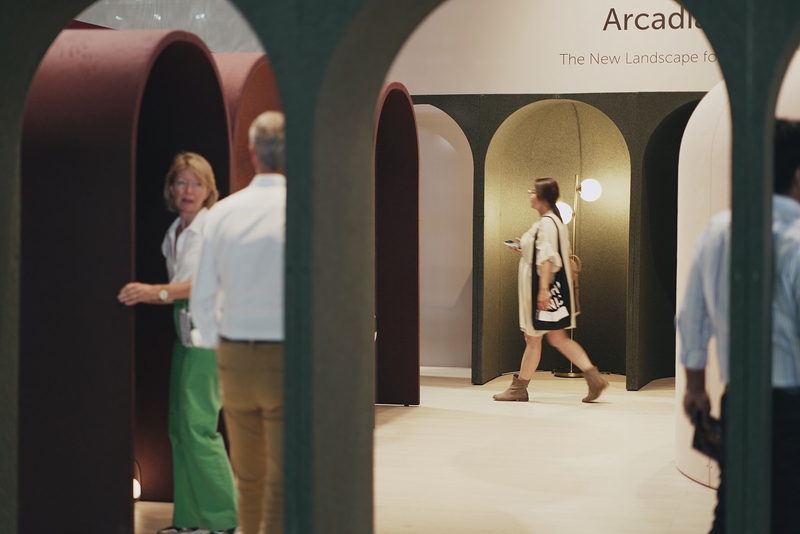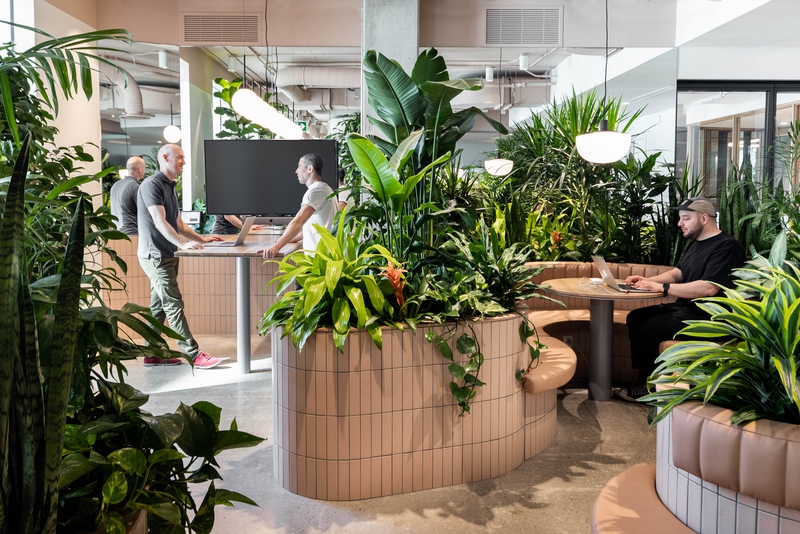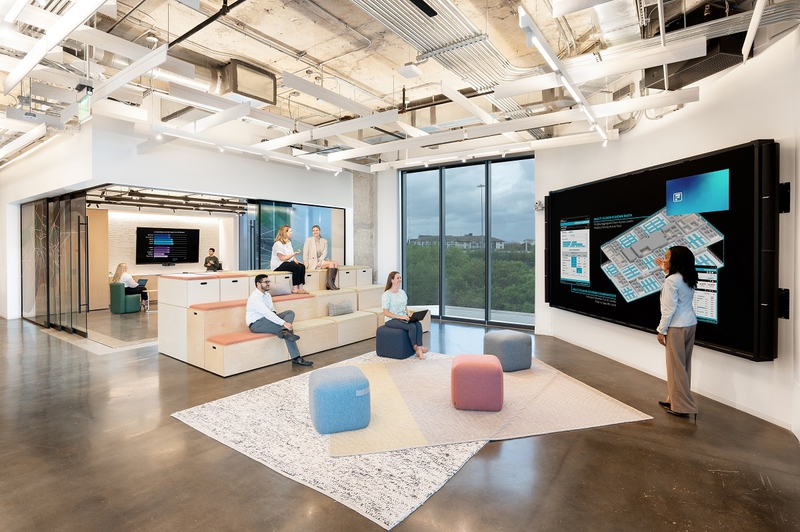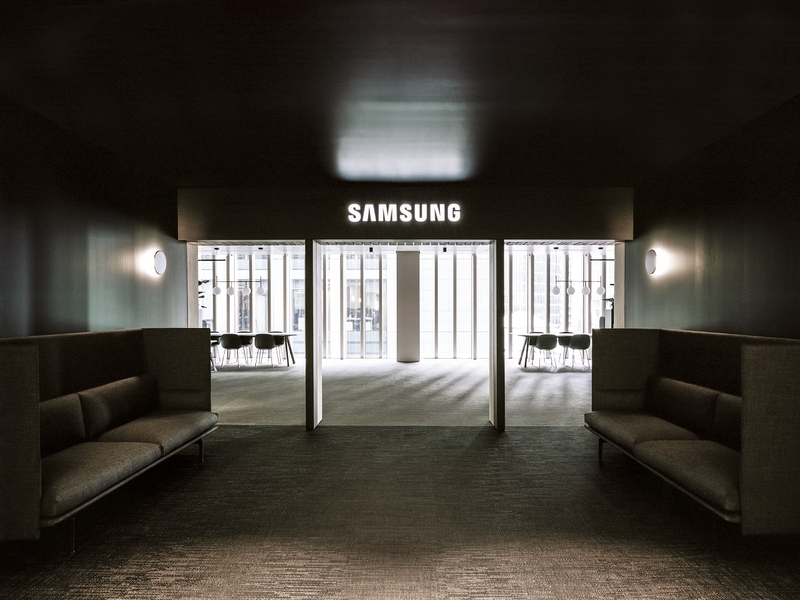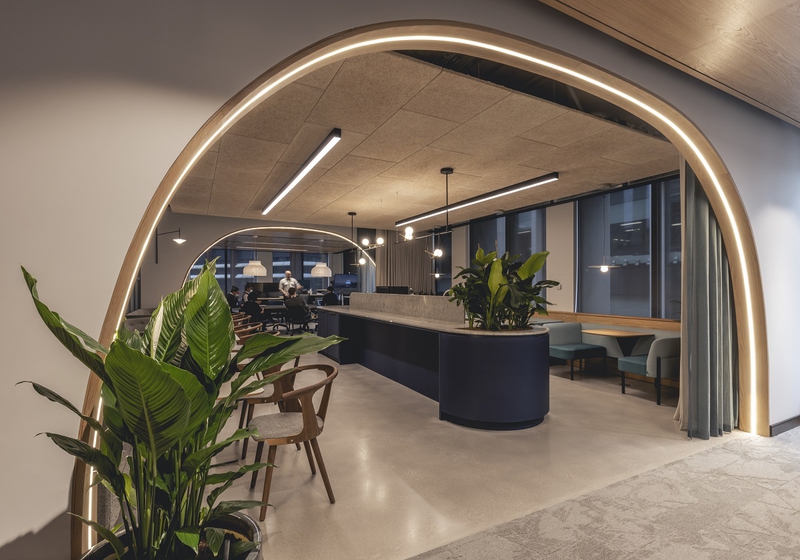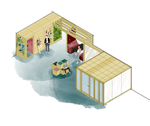7 novembre 2022
Tendances du secteur, Actualités de l'Entreprise, Return to the Workspace Solutions
Chicago, the Windy City, home of the deep-dish pizza, gangsters, and The Bean, was the host of this year’s CoreNet Global North American Summit. Drawing CRE experts from around the globe, the event was a chance to network, innovate and socialize.
In a world recovering from a period starved of productive social interaction, the workplace experience industry had both tradition and trajectory torn apart. It is in the wake of this earthquake that all those impacted navigate ‘Putting it Together’.

And one necessity of putting it together is working together. “The silver lining of COVID was that HR, finance and CRE are working much more closely together”. Previously entirely unrelated roles, the recruitment officer, treasurer, and real estate manager are now able to join efforts. This is because of a more defined clarity in purpose, as the pandemic has made us more aware of the value of our people and the crucial importance of listening to their needs.
Andie Moeder, Jacobs, highlighted a recent concept that “the biggest amenity in the office is the people". Employees have missed the pre-covid impromptu communication and sense of togetherness, laying an emphasis on enabling these interactions to happen frequently. The point lending itself to a new metric introduced by the workplace expert which says, “Instead of measuring headcount per sq ft, look to measure connection points per employee when they are in the office”.

In the addition to the importance of collaborative zones and breakout zones, employees are also voicing their desire for places to effectively concentrate and focus. A mix of varying spaces is becoming not only a norm, but an expectation, where “benchmarking isn’t helping” – another message from the summit which urged companies to design their environment from within, after speaking to their people and carrying out research, rather than simply following trends.
An interesting approach was suggested by Nishar Fatema, ServiceNow; “Ask what the employee does, not what they want - then provide them with the right choices to make work more efficient and seamless”. Enabling employees to make informed choices, becoming a consultant to aid people in a quest for their optimum workplace experience.

The return to office is a continuous challenge, but does it need to be overcome with a forced mandate? The consensus is that people will come in if they want to, but a hybrid working model should be allowed for and inclusion is paramount. The preference for flexibility assurance is a legacy left by the pandemic, and this should be respected as an effect of one of the most impactful passages of time for employees universally. According to Katie Koncar, EY, if we concentrate on “prioritizing employee experience” this can result in “22% higher profitability” through a consideration of people’s needs.

Kelly Barlow, Keith Perske, Nia Rubin and Kim Unberhagen, in panel titled ‘How to Unite Remote Enthusiasts & Office Evangelists’ highlighted the challenges of a hybrid workforce and how to give direction to a workforce whose experiences, and expectations differ dramatically. Yes, workplace design has the objective of attracting people back to the office, but also is required to ensure the inclusion of those in other locations and emphasises the importance of a change in mindset to think of the physical building as part of the “ecosystem with the community” surrounding it.

Inclusion is now recognised as being more important than ever. ESG, a focus at the summit, and a growing priority in the industry, addresses the crucial need to design sustainably and with a sincere socially responsible commitment. An interesting take on the ‘S’ in ESG saw Liz Powers, Artlifting, with Bryan Parker, PwC, and Marcella Barriére, Google, talk about achieving ESG goals and retaining talent through art. A guide to embodied carbon by Jon Penndorf showed that reducing this can lead to a better culture and retention benefits as well as positive environmental impacts.

Discussions on Leadership in CRE, with some of the best-known leaders in the industry at Nestle, EY, Nokia, Oracle, and Colliers, produced the insightful graphic below; encouragement to both accept change and prepare for big shifts. The future holds technological developments, the exploration of AI, ESG commitments and a realization of ‘The New Resilient Workplace’ because the pandemic has changed the way we think.
Today we see a reflection of what is past forming a projection of the future, in the undeniable fact that what has gone before will shape what is still to come. And although we don’t know what is to come, what is certain is that we can learn from the past, listen to our people and evolve in an ever-changing industry and world.
Partager cet article
